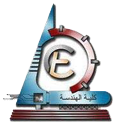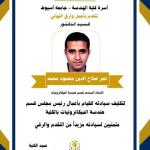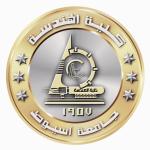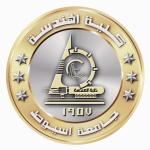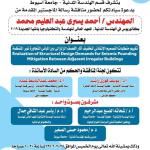Under the patronage of Professor Dr. Ahmed El-Menshawy, President of the University, and Professor Dr. Ahmed Abdel-Mawla, Vice President for Education and Student Affairs, and under the supervision of Professor Dr. Khaled Salah, Dean of the Faculty, and Professor Dr. Mohamed Safwat Aburia, Vice Dean for Education and Student Affairs, the Faculty of Engineering at Assiut University organized a scientific visit for its students to the Egyptian Space Agency on Wednesday, June 18, 2025. This visit comes within the framework of a cooperation protocol between the university and the Egyptian Space Agency. Professor Dr. Ahmed El-Minshawy, President of Assiut University, stated on the official page of Assiut University that the university is keen to strengthen cooperation with leading national institutions, opening new horizons for students to learn about the latest technologies and practical experiences, especially in vital future fields such as space science and technology. He praised the important role played by the Egyptian Space Agency in supporting scientific research and localizing advanced technology, contributing to achieving the goals of sustainable development and Egypt's Vision 2030.
Professor Dr. Khaled Salah, Dean of the Faculty, stated that the visit is the first of a number of activities that the Faculty aims to organize in partnership and cooperation with the Agency on several work areas within the framework of the protocol signed between the University and the Agency. The visit included an overview of the Agency's advanced capabilities, including modern laboratories and specialized research facilities. Agency engineers provided a comprehensive explanation of the most prominent technologies used in satellite design and testing of their delicate components, in addition to methods of processing space data. They also reviewed a number of research and applied projects currently being implemented by the Agency.





